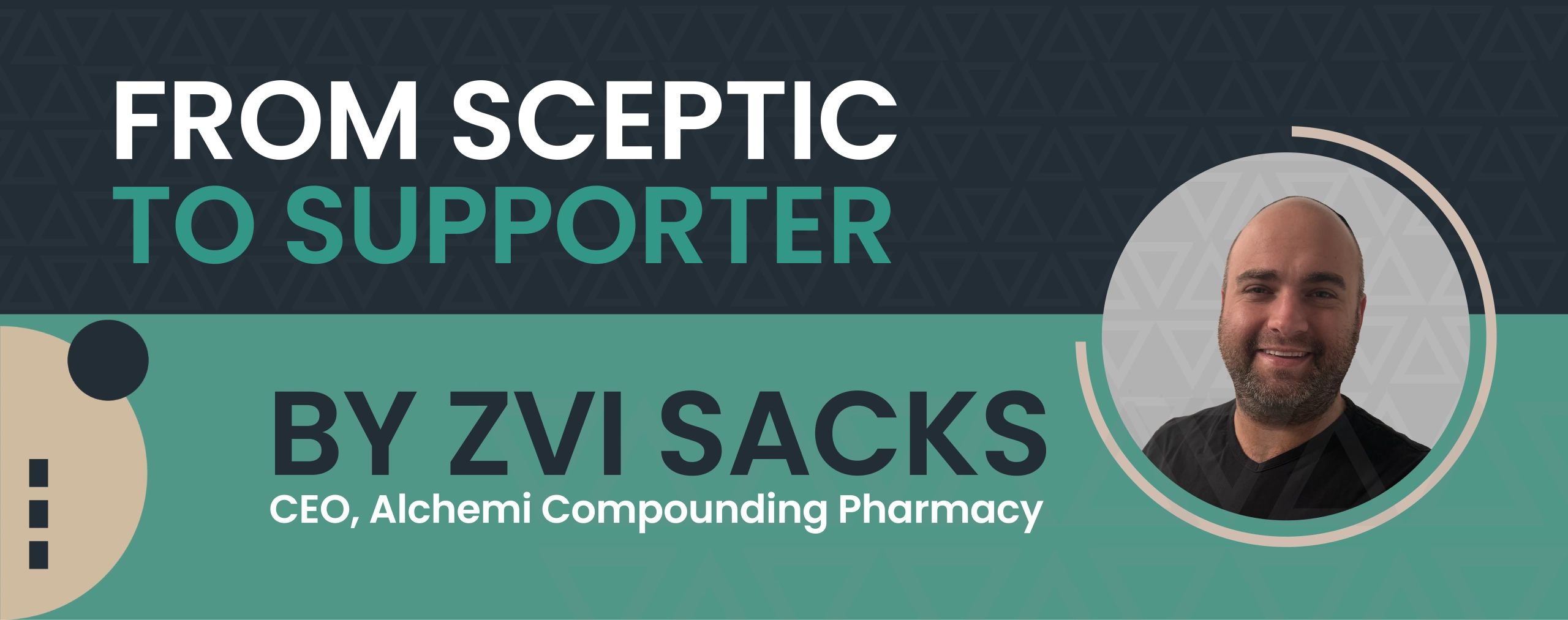By Zvi Sacks – CEO, Alchemi Compounding Pharmacy –
I’ll admit it, I used to be sceptical.
IV vitamin therapy always seemed like a wellness trend that would pass. “Expensive urine,” I’d say, echoing my father’s words, a highly experienced trauma and medical radiologist with a decades-long career rooted in conventional medicine. “I was raised in a medically grounded family to believe in science, evidence-based care, and clinical trials, not in the kind of nutrient drips you see scrolling through your social media feed.”
But then, COVID happened and everything changed.
My father spent most of his career at Milpark Hospital, one of the most advanced private medical facilities in South Africa. Known for its cutting-edge trauma response, transplant programs, and critical care, Milpark represents the gold standard in conventional medicine. The kind of place where you hear people say, “If I’m ever in a serious accident, take me there.”
During the pandemic, I watched this very system face a challenge unlike anything it had seen before. ICUs were overflowing. Patients were arriving in severe respiratory distress. Intubation, oxygen therapy, ECMO, everything was on the table. These weren’t ordinary times, and even the most skilled clinicians were under enormous, unprecedented pressure.
And then I noticed something surprising: within these high-pressure, evidence-driven environments, doctors began integrating high-dose nutrient support into care protocols.
We’re talking about intravenous Vitamin C, magnesium, thiamine, zinc, glutathione, not as replacements for treatment, but as supportive tools alongside traditional interventions. The goal? To strengthen the immune response, reduce inflammation, and manage oxidative stress in critically ill patients. It was a turning point.
That experience opened the door to a new way of thinking.
Curious—and still a bit cautious—I began seeking answers. I visited intensivists, sat in on consultations at integrative medical clinics, and even travelled to the U.S. to meet with doctors and critical care specialists who were using IV nutrient therapy in structured, clinical ways.
I wasn’t interested in hype. I wanted substance. I spoke with professionals who viewed IV therapy not as a luxury or a trend, but as a science-backed complement to conventional medicine, especially for people dealing with fatigue, poor immune resilience, or slow recovery after illness or stress.
What I found was compelling and consistent feedback:
• “My energy levels have improved.”
• “I recover faster from illness or workouts.”
• “My immune system feels stronger.”
These weren’t isolated testimonials; they were patterns. Repeatable results across diverse patient populations.
I’m not a naturalist who’s against pharmaceuticals. I believe in modern medicine, research, and regulation. But I also now believe that IV nutrient therapy has its place, especially when used responsibly, by trained professionals, and as part of a broader health and wellness plan.
It’s not about replacing traditional care, it’s about enhancing it. Supporting the body at the cellular level. Giving patients tools to not just survive, but thrive.
So yes—I was a sceptic. But I listened. I observed. I travelled. And I saw that what I once dismissed as hype is grounded in science and patient experience.
Sometimes, the most powerful tools in medicine are the ones we dismiss too quickly.


